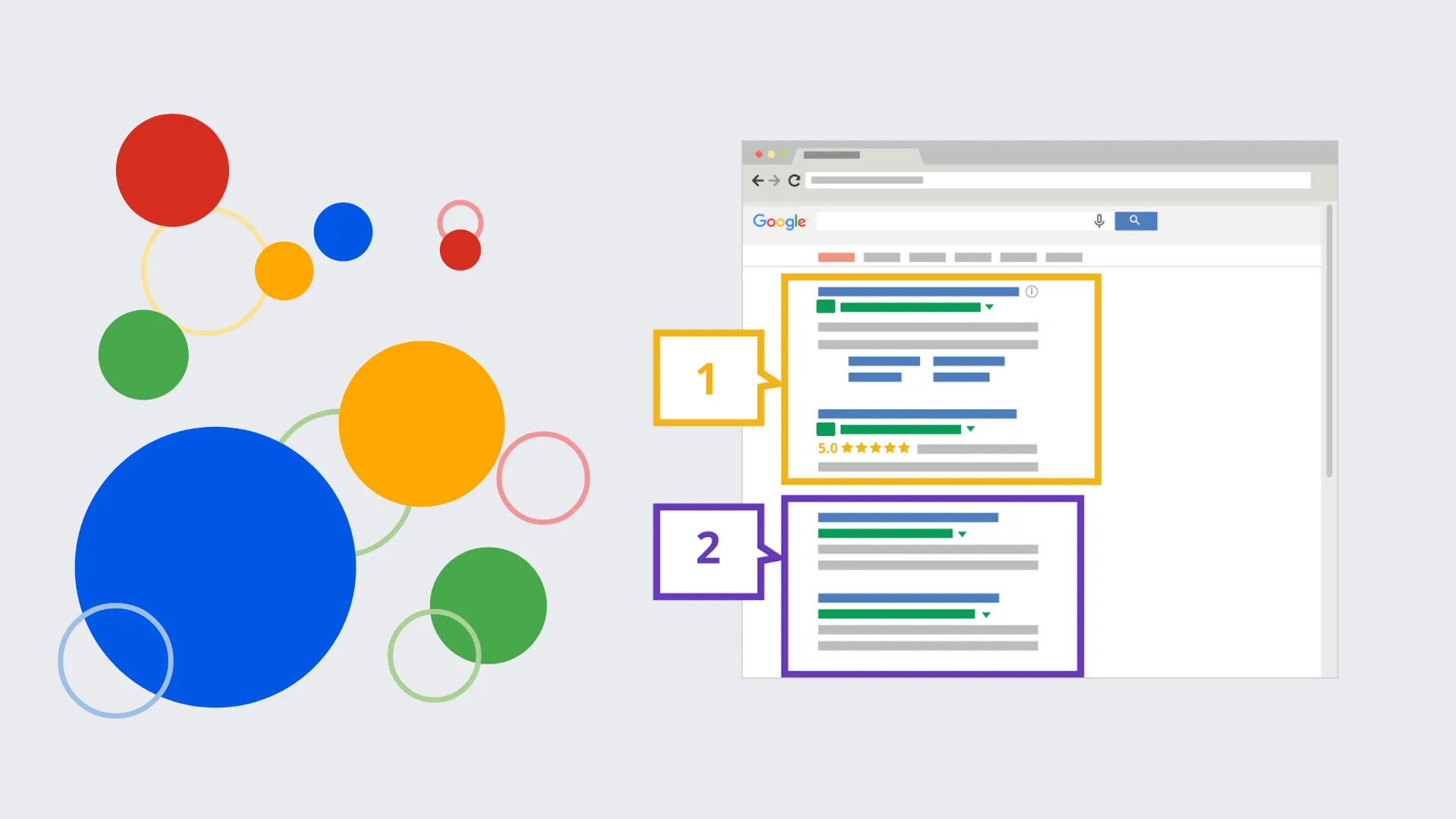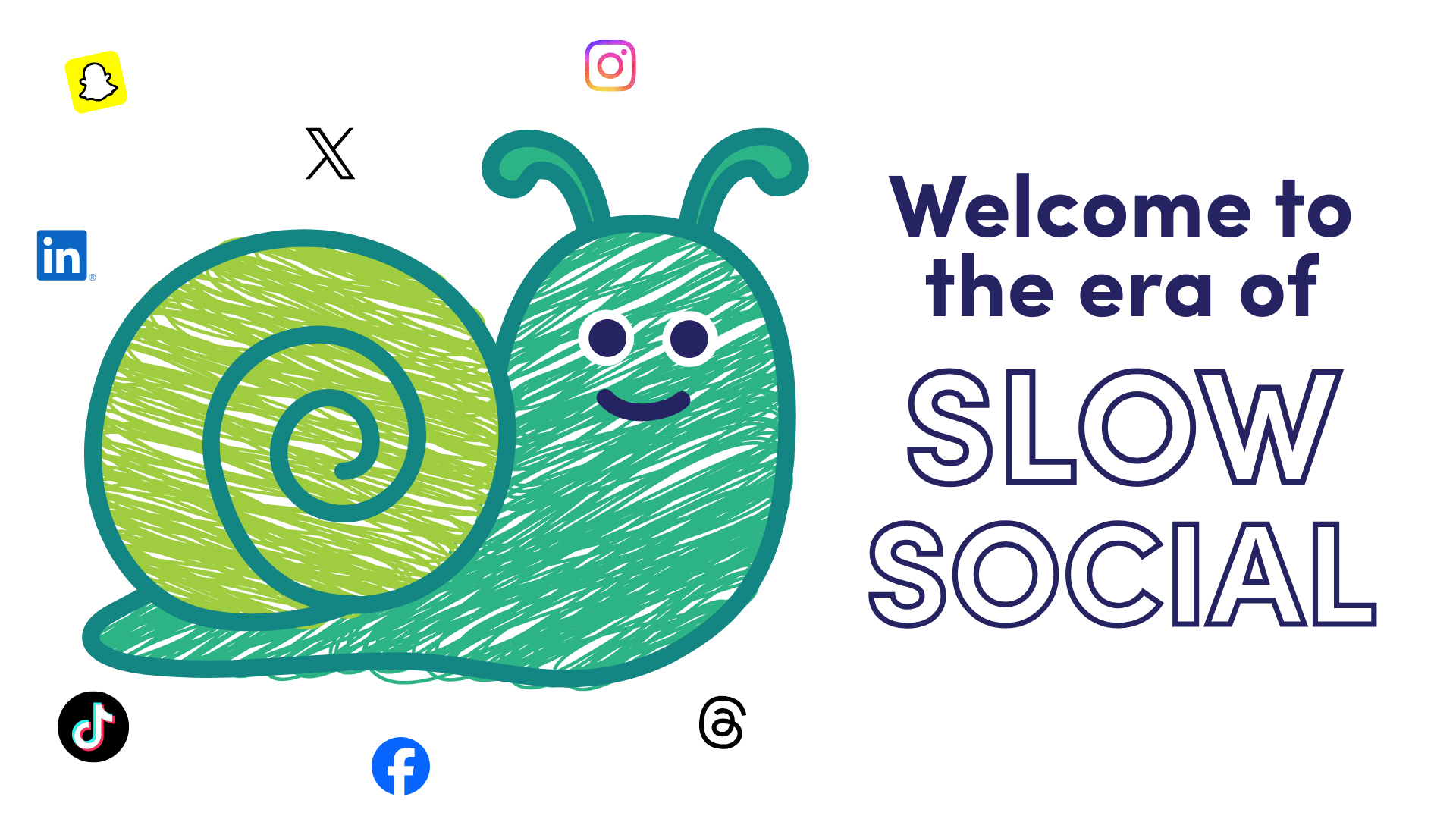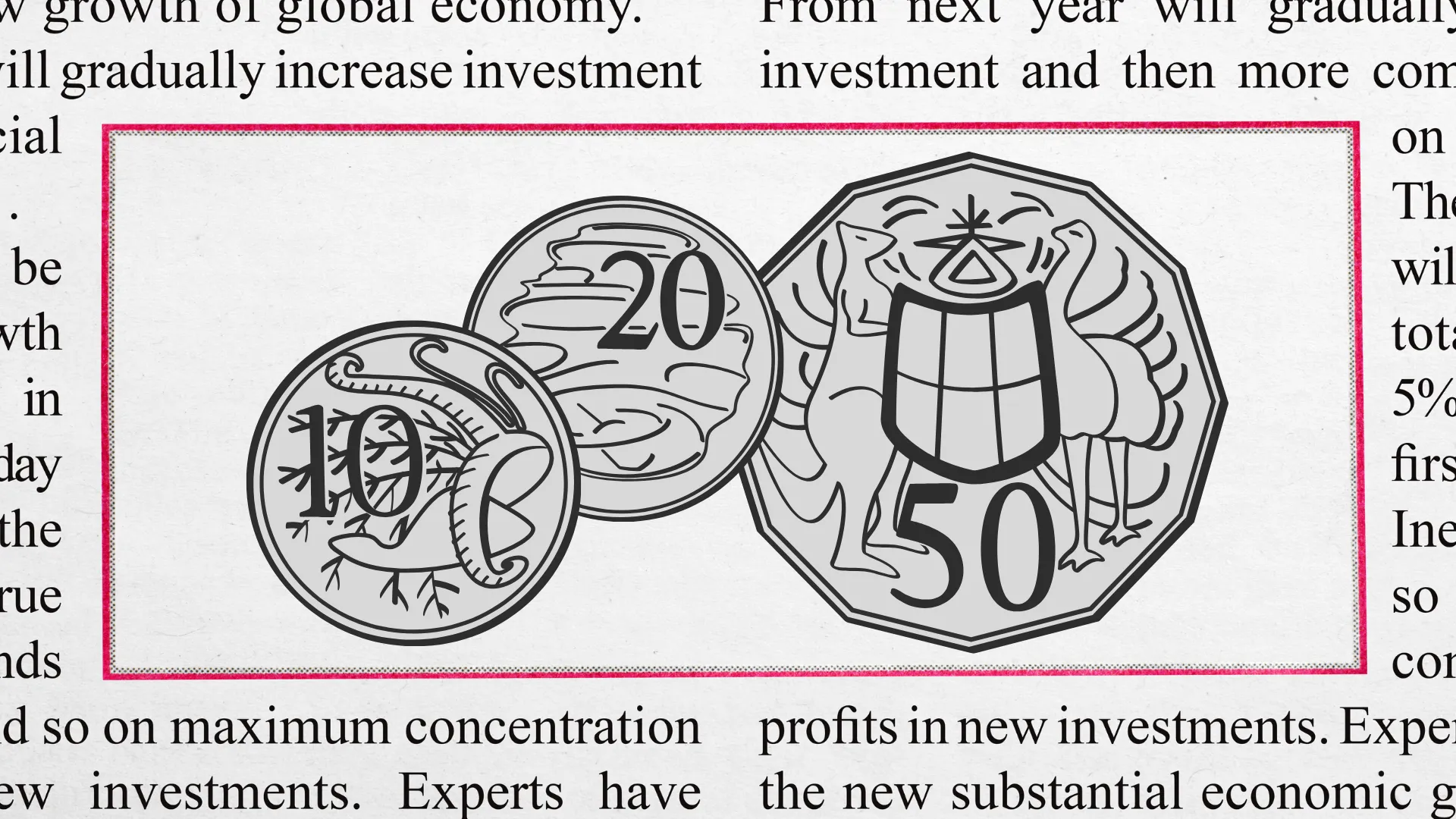You know how they say your dopamine levels rise when you eat chocolate? Well, we get that same feeling when we look at data.
Why? Because digital marketing analytics provides answers to so many crucial questions, such as:
- What types of content is my audience most engaging with?
- Which social media platforms are driving the most traffic to my website?
- How are people finding my website?
- How many touchpoints does it take before a customer converts?
- What’s the most common drop-off point in my sales funnel?
Why is marketing measurement so important?
When you’re not tracking your marketing performance, you’re basically just going off a vibe. While it worked for Dennis Denuto, it doesn’t mean it will work for you.

The only way to make sense of the mountains of data generated by digital platforms is through measurement and analysis. Data transforms noise into actionable insights, helping you refine your strategy and maximise your results.
Ultimately, the effectiveness of marketing measurement comes down to the metrics you choose to track.
The 4 most important Social Media Marketing metrics
Vanity metrics are out. Actionable metrics are in.
1. Reach
While reach is often considered a vanity metric (we cover this in more detail below), social media is for discovery and awareness so we’ll make an exception to the rule.
One of the fundamental goals of marketing is to get your brand in front of the right audience. Social media is often the first touchpoint, and reach measures how many people see your content. The higher your reach, the more favourably the platform algorithm ranks your content. Reach works hand-in-hand with engagement, which we’ll cover next.
2. Engagement Rate
Engagement alone shouldn’t be your primary metric because it can be misleading. A post might deliver high engagement because people are reacting negatively to it, and even positive engagement doesn’t always lead to conversions.
That said, looking at the engagement rate can be useful because social media algorithms prioritise content that encourages interactions. Tracking engagement rate (rather than absolute engagement numbers) gives you a better understanding of content performance and allows for competitive benchmarking within your industry.
Compare your engagement rate to your competitors by looking at average social media engagement rates by industry.
3. Video Completion Rate
Video has become a dominant content format on social media. We literally have platforms dedicated to video content now, ergo TikTok, while others are strongly prioritising them on their algorithms (Instagram and LinkedIn).
This metric indicates the relevance of your video content. A high completion rate suggests that your audience finds the content valuable or entertaining. However, it should be analysed alongside other metrics, as completion alone doesn’t always translate to meaningful marketing outcomes.
4. Saves (Instagram only)
If Instagram is one of your primary social channels, put saves at the top of your radar. Instagram’s algorithm factors in various engagement signals including likes, comments, shares, views and saves to determine content quality.
Saves indicate high relevance, which in turn boosts your reach and engagement, making it a valuable metric to track.
The 4 most important Paid Advertising metrics
1. Click-Through-Rate (CTR)
For most paid ad campaigns, the goal is to drive traffic to your website. Your CTR measures how compelling your ad is; higher CTRs indicate stronger performance.
Understanding industry benchmark CTRs can help you assess and optimise your ad effectiveness.
2. Cost Per Conversion
Traffic is great, but it doesn’t mean very much unless you’re able to convert them. Tracking cost per conversion alongside cost per click helps you evaluate how efficiently your campaigns are turning visitors into customers.
3. Return On Advertising Spend (ROAS)
ROAS is the big-picture metric that determines whether your advertising efforts are profitable. Unlike CPC or CTR, ROAS accounts for all associated costs including ad spend, creative development and campaign management to measure overall return on investment.
4. Ad Quality Ranking
A low-quality ad score can significantly impact your campaign performance. Platforms like Meta and Google assign a quality ranking based on CTR, ad relevance and post-click behaviour. Higher scores reduce costs and improve ad visibility, while lower scores drive costs up.
The 3 most important Website Marketing metrics
Depending on your business type (eg, eCommerce, B2B, etc.), these metrics may vary slightly.
1. Conversion Rate
Understanding what percentage of website visitors convert into leads or customers helps you gauge both traffic quality and site performance.
2. Time On Page
Looking at how much time visitors spend on your web pages can be a great way to tell whether they’re actually absorbing the information that’s on there. Though, people can also spend time on a page without really taking in the content. Tools like Hotjar can show you how far visitors have scrolled on your page to help add some context to this metric.
3. Returning Visitors
Despite recent tracking challenges due to cookie restrictions, monitoring returning visitors (where possible) can indicate content performance and help identify marketing-qualified leads.
The 3 most important Email Marketing metrics
These will sometimes differ depending on the nature of your business, i.e. whether you sell goods online (eCommerce) or are a B2B business.
1. Open Rate
If no one is opening your emails, they’re worse than useless. They’re actively damaging your sender reputation – in other words, you’re considered spam. Strong open rates are the foundation of effective email marketing.
2. Conversion Rate
Emails should nurture and guide prospects down the marketing funnel, but ultimately, you want conversions (however you define that). Strong conversion rates indicate a well-optimised email strategy.
3. Bounce Rate
Email bounce rates fall into two categories:
- Hard bounces: Emails that are undeliverable due to invalid addresses.
- Soft bounces: Temporary failures due to full inboxes or large file sizes.
High bounce rates (along with unsubscribes) can harm your sender reputation and deliverability.
Why vanity metrics are losing relevance
Most vanity metrics are just stepping stones to more meaningful insights. Take impressions, for example:
If your social posts got millions of impressions but resulted in zero conversions, would it make an impact? The answer is no.
Impressions only matter when they contribute to meaningful outcomes. Focusing too much on them can lead to superficial, clickbait-style content that damages long-term brand trust.
Better marketing measurement with Aston Digital
With so many marketing metrics to track, developing the right mindset is key. The ability to cut through the noise and focus on the numbers that truly drive success is what sets great marketers apart.
Our love for analysing data makes us the perfect candidate for your digital marketing reporting. We have years of practical experience helping businesses transform their marketing strategies through our reporting capabilities.
Better yet, we’ve been working on something very special that will revolutionise the way you understand and engage with your market. Want to be the first to know about it? Sign up to our newsletter.

Once upon a time, Black Friday was a single weekend event that followed Thanksgiving in the U.S. It's basically their version of Boxing Day sales but with [...]

People are opening your emails. They’re clicking your links. But… they still haven’t converted. You're first reaction is probably, "My emails aren't working." But that's not actually [...]

We’ve entered a new era of marketing - one where your content is no longer just read by people. It’s interpreted by AI. From Google’s Search Generative [...]

For months, we’ve all been wondering what the future holds for Google Ads with AI Overviews and the new AI Mode changing the way people interact with [...]

It’s not your imagination - social media feels a little quieter these days. Posts that once racked up likes, comments and shares are now met with a [...]

Something has shifted online this year, and if you work in marketing, you’ve felt it. Feeds feel noisier, yet somehow emptier. Search results loop endlessly. Trends peak [...]

Engaging with your audience may be more powerful than most social media teams realise. A new data study from Buffer has revealed that responding to comments on social [...]

Once upon a time, Black Friday was a single weekend event that followed Thanksgiving in the U.S. It's basically their version of Boxing Day sales but with [...]

People are opening your emails. They’re clicking your links. But… they still haven’t converted. You're first reaction is probably, "My emails aren't working." But that's not actually [...]

We’ve entered a new era of marketing - one where your content is no longer just read by people. It’s interpreted by AI. From Google’s Search Generative [...]

For months, we’ve all been wondering what the future holds for Google Ads with AI Overviews and the new AI Mode changing the way people interact with [...]

It’s not your imagination - social media feels a little quieter these days. Posts that once racked up likes, comments and shares are now met with a [...]

Congratulations. You’ve already beaten the odds. On average, 8 out of 10 people will read the headline of a piece of content - but only 2 out [...]

AI tools like ChatGPT, Google Gemini and Perplexity are quickly becoming part of how people discover websites. Instead of searching Google directly, users are asking AI tools [...]

We often hear that attention spans are decreasing, particularly among Gen Z. Social media platforms like TikTok and Instagram are often blamed, with headlines suggesting that endless [...]

